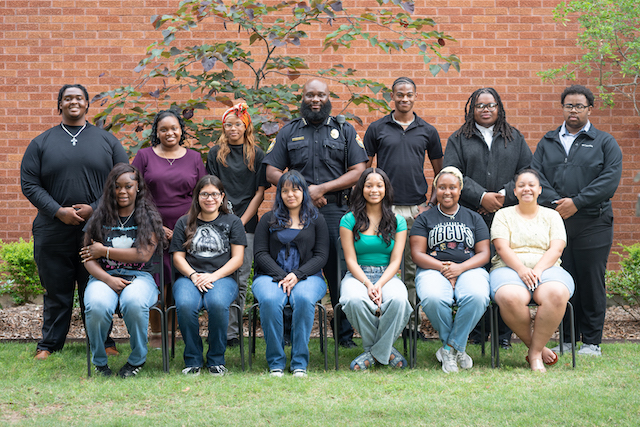MOORE OUTDOORS: Which is it, pineywoods rooter or Russian boar?
Published 11:16 pm Saturday, April 1, 2017
For all practical purposes the hogs we hunt are sus scrofa (Eurasian boar) but there are a number of regional variations that some people are adamant are a different species entirely.
Take the “pineywoods rooter”, which is simply the genetic variation of feral hog most common in East Texas. The snouts are typically long, thin snouts and they are typically black in color.
These as with all hogs in the United States are not native to this country but there are many hunters who say the rooter is the “original wild hog” and they are native to the region. They might have been here for hundreds of years but they are not native as whitetails and even black bears are. They are imports.
“Russian boars” are the original sus scrofa and thus the genetic roadmap for all hogs. There are very few true “Russians” in the United States with the only pedigreed specimens living on small high-fenced ranches.
There are however a good number of hogs particularly in areas of central and south-central Texas that have a lot of characteristics of Russians with some looking almost as if they were captured in the Black Forest of Germany.
According to officials with the Georgia Department of Natural Resources, “This hog usually has longer legs, a larger head and a longer, flatter snout. Eurasian piglets are reddish brown with black longitudinal stripes. As the animals mature, the stripes disappear and their color changes to gray grizzled or black. Eurasian hogs generally have longer guard hair and a more distinct mane of guard hair running from the neck to the base of the tail than the domestic hog.”
The appearance of hogs in different regions has much to do with the kinds of domestic hogs allowed to roam freely in the region years ago and also the sources still entering the woods.
Near Deweyville about 15 years ago, people were dumping off potbelly pigs along one particular road for a year. For a number of years people thought they were excellent pets but when they realized the animals got much bigger than expected they would release them into the woods.
Well, this particular road which led to a county dump became the place to release potbellies. I had to take this road to one of the hunting clubs I was on and would frequently see a new batch of potbellies.
Well, it did not take long for these animals to breed with the ferals there and create some interesting looking pigs with a fat face and the classic pot belly. I will never forget seeing a 200-pound sow that walked in front of my game camera have the snout of a “pineywoods rooter” and the belly and coloration of a potbelly.
Some hunters particularly in East Texas report killing “mule-footed hogs” which have one big hoof instead of being split like a typical pig. These animals have reached legendary status in the hog hunting community and are considered trophies. What they are killing are feral descendants of a super rare domestic breed.
According to researchers with Oklahoma State University, “The most distinctive feature of the American Mulefoot hog is the solid hoof which resembles that of a mule. Pigs with solid hooves (also called syndactylism) have attracted the interest of many writers over the centuries, including Aristotle and Darwin.
Yet of all the mule footed hogs described, the American Mulefoot is the only documented population with a breed standard and a long history of agricultural use. This breed is unique to the United States and is critically rare. Recent events, however, have led to more optimism regarding its survival.”
“Coburn describes Mulefoot hogs as mainly black, with occasional animals having white points; medium flop ears; and a soft hair coat. The hogs were of fairly gentle disposition, fattened quite easily, and weighed from 400-600 pounds at two years of age. They were considered the highest quality “ham hogs” and were fed to great weights before slaughter.”
Despite all of these potential variations the animals are legally known as “feral hogs” and therefore are considered varmints under law which means hunters in Texas can take them any time of year with no bag limit and by virtually any means whether are red and wattle or black with a low-swinging pot belly.
•
To contact Chester Moore, email him at chester@kingdomzoo.com. You can hear him on “Moore Outdoors” 6-7 p.m. Fridays on Newstalk AM 560 KLVI or online at www.klvi.com.





